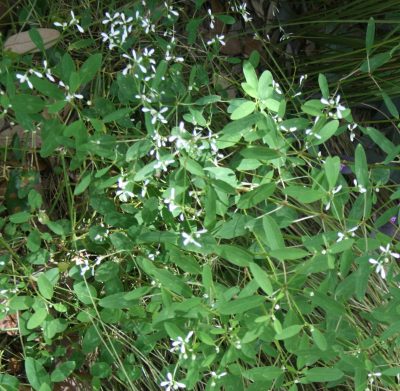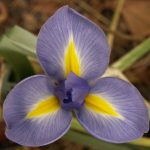What’s the difference between a cultivar and a variety?
Varieties are plants with slightly different, and usually desirable characteristics from other plants in its same species. Varieties may have more attractive flowers, a dwarfed stature, a trailing instead of upright growth habit, tastier fruit, etc.
Varieties of the same plant are naturally occurring and are usually found in geographically distinct regions from each other, but hybridize easily if brought into contact. For a variety, you will see “var” on the plant tag.
An example with yellow columbine:
Aquilegia chrysantha var. hinckleyana
Genus: Aquilegia. Species: chrysantha. Variety: hinckleyana.
But these days, you can also see plant tags with the initials “c.v.” That indicates that the plant is a cultivar, which means that humans were involved in its creation.
In the early history of man’s relationship with plants, many cultivars arose from the simple act of human cultivation. But these days, the creation of cultivars is big business, with the race to cross-breed species and varieties to come up with the latest and greatest new thing a thriving industry.
And just like other man-made items, companies want to protect their investment, so cultivars are patented, meaning that no other company can reproduce or sell that plant until the patent has expired. You may see “Plant propagation prohibited” on some tags. Gardeners and insects may propagate the plants, but growers cannot.
You’ll also see cultivars with single quotation marks.
An example with Salvia coccina:
Salvia coccinea ‘Snow Nymph’
Genus: Salvia. Species: coccinea. Cultivar: ‘Snow Nymph’
The Knock Out(R) rose, seen by some as the easiest, most carefree rose on the market, is an example of a trademarked cultivar, or actually, series of cultivars, since now there are Knock Out roses with many different flower colors than the original bright cherry red.

 Claire Golden
Claire Golden Christine and Bill Reid
Christine and Bill Reid Daphne Richards
Daphne Richards
 Bulb List
Bulb List Trisha Shirey
Trisha Shirey